Sigüenza: A Journey to Medieval Spain
A few months ago, without knowing yet how I was going to give a training service in a laboratory in Castilla-La Mancha, I decided to get away from the big cities and go to a beautiful village with a lot of medieval history called Sigüenza.
Before arriving to the village and well advised by a colleague I decided to go out of my way and go up to the Mirador del Cid, a viewpoint located about 2 kilometres from Sigüenza from where you can contemplate the whole village with its great medieval castle and the cathedral as main buildings. But I can assure you that this medieval town has more surprises in its interior worthy of a weekend wandering through its narrow streets.
Medieval Castle of Sigüenza (National Parador/Hotel)
The medieval castle of Sigüenza dates from the 12th century and is one of the best preserved castles in the Iberian Peninsula, with almost all its towers intact and very well preserved.
Walking around its exterior is a pleasure, and it made me feel small next to such an important monument with so much history behind it.
Nowadays, this castle is part of the network of national paraders, which is a chain of publicly owned hotels, most of which are the result of rehabilitations of historic buildings that were in a semi-abandoned situation due to poor management in the past.
In my case, I had stayed in this hotel, which allowed me to visit a large part of the castle, such as the chapel and certain rooms such as the throne room (converted into a restaurant) where the chests, armour and all the decoration took me back to medieval times.
An important piece of information to bear in mind is that without being a client of the parador you can access certain common areas if you ask at reception.
One of these common areas is the courtyard where one can find a beautiful garden, a well and access to certain parts of the castle not available to visit, although I was informed that some of these doors led to the old stables and also to the medieval prisons of the castle.
But without a doubt, touring the interior of the castle while staying there to see the courtyards from the top is highly recommended.
Although, as in every good castle, there is a ghost legend, specifically the ghost of Doña Blanca de Borbón, an aristocrat who, according to the gossip, was poisoned. So if you see anything strange at night in the corridors or hear chains, you know that Doña Blanca is nearby.
Strolling through Sigüenza among gateways, walls and towers
As the castle is located in the highest part of the town, the route through the town is very easy to follow, as the best option is to let yourself be carried downhill and discover medieval Sigüenza.
In this medieval Sigüenza it is a delight to see the remains of the old city wall and to walk through several of its entrances.
It is highly recommended to look behind each entrance, because we can see the figure of a virgin or saint that guards it. This attracted my attention, as I saw figures that must have been exposed to the elements for a long time.
Continuing my walk through the center of the village, I discovered ancient towers such as the Cubo del Peso, which served as a watchtower in medieval times.
Sigüenza Cathedral and the Doncel
From the moment I was at the viewpoint I had in mind to go to the immediate vicinity of the cathedral of Sigüenza, although not for its grandeur and splendour. There are churches in some cities that are bigger than it.
But it is for going inside, as the choir of this cathedral is one of the most beautiful I have ever visited.
But without a doubt, the sepulcher of the Doncel of Sigüenza was the main attraction that made me enter the temple. This sepulcher with the figure of the knight Don Martín Vázquez de Arce (15th century) resting on the tomb left me amazed.
The town square and the Doncel's house
Very close to the cathedral, when I was thinking of going to the Doncel's house, I came across the town's main square.
An old-fashioned square with arches and arcades on the side, like in other small towns in the central part of Spain, which reminded me of other main squares such as the one in Salamanca or the arcades in Alcalá de Henares.
From this square I continued wandering through the center of Sigüenza, coming across several Romanesque churches such as the 12th century church of San Vicente Mártir.
Until I found the House of the Doncel in a square. House of the warrior whose tomb I had seen in the cathedral, and which today is a summer study center of the University of Alcalá de Henares.
Poplars and Monastery
But Sigüenza is not only places with a medieval aroma. Outside the walled area you can find a more modern area with green gardens, fountains and an poplars.
With a large monastery nearby.
Although the word Doncel can be seen in almost every corner as he is the most famous character of this town.
Without a doubt, it is a place to spend a couple of days and discover even more places that I have not found in this marvellous village.
Regards.



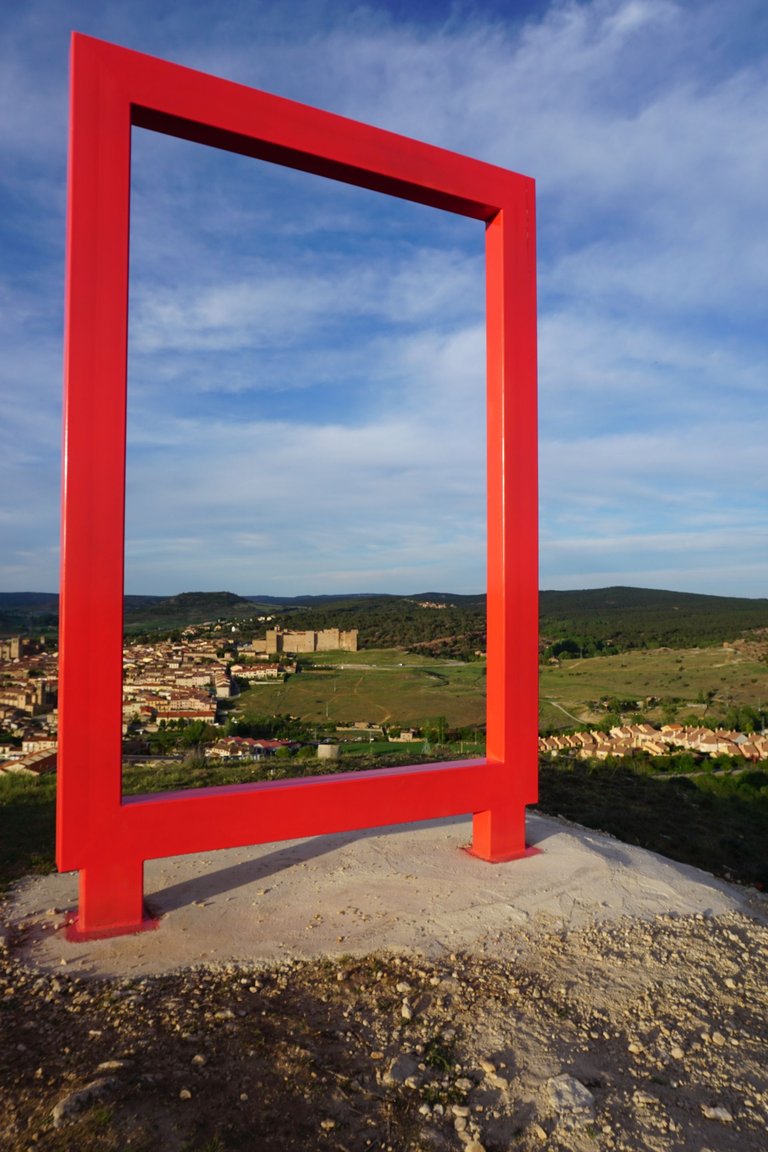

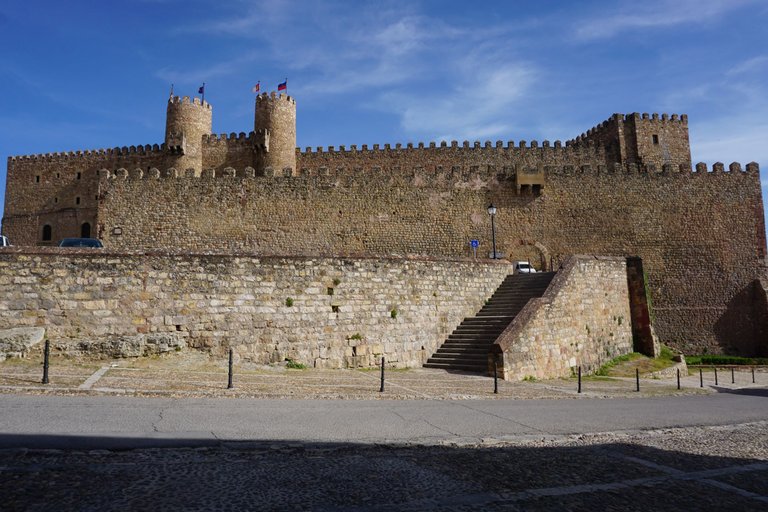
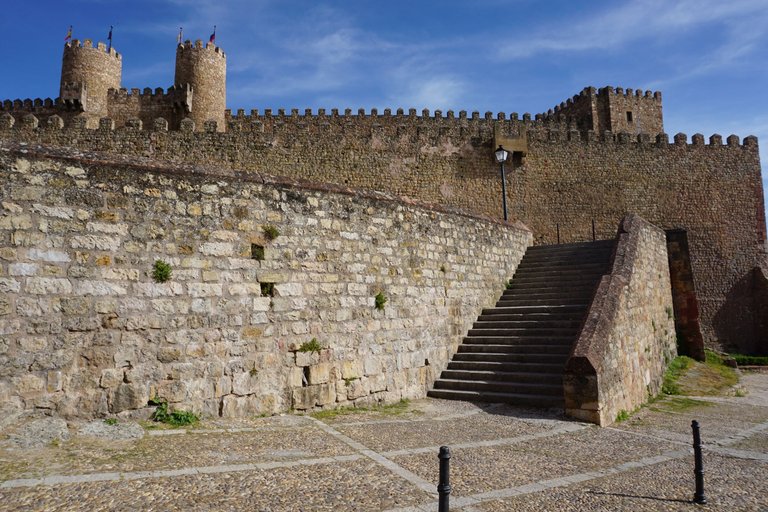




















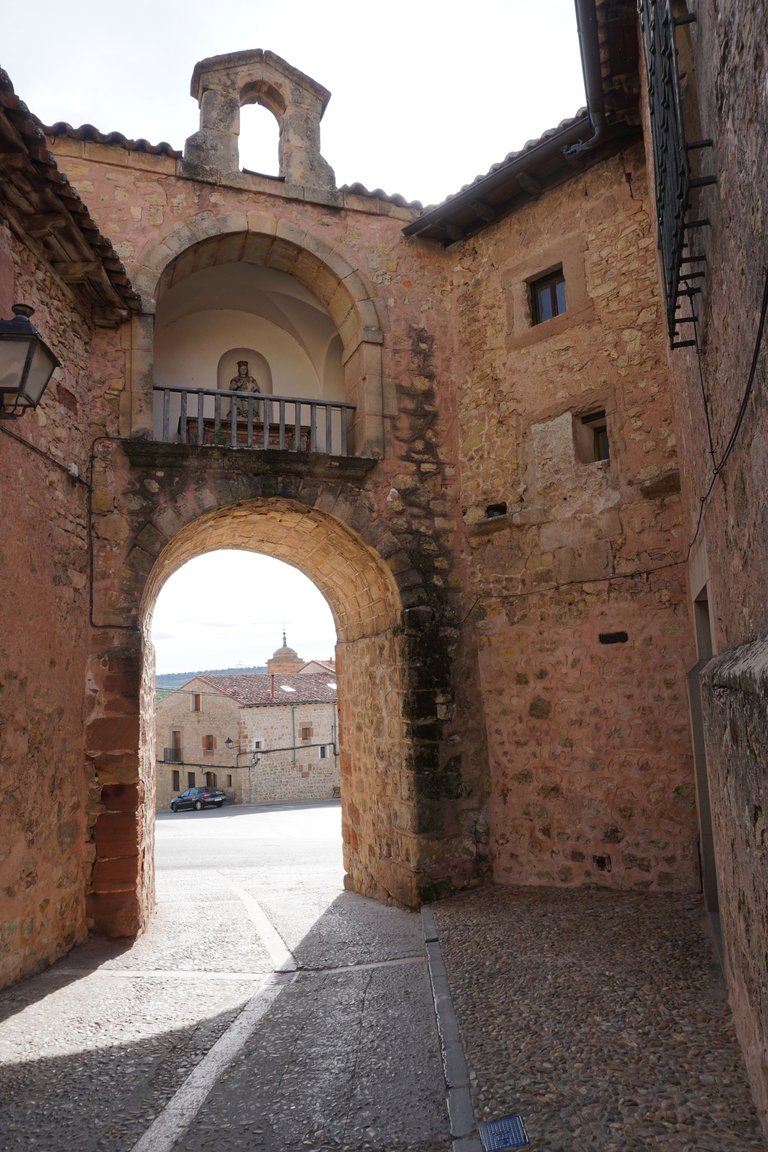
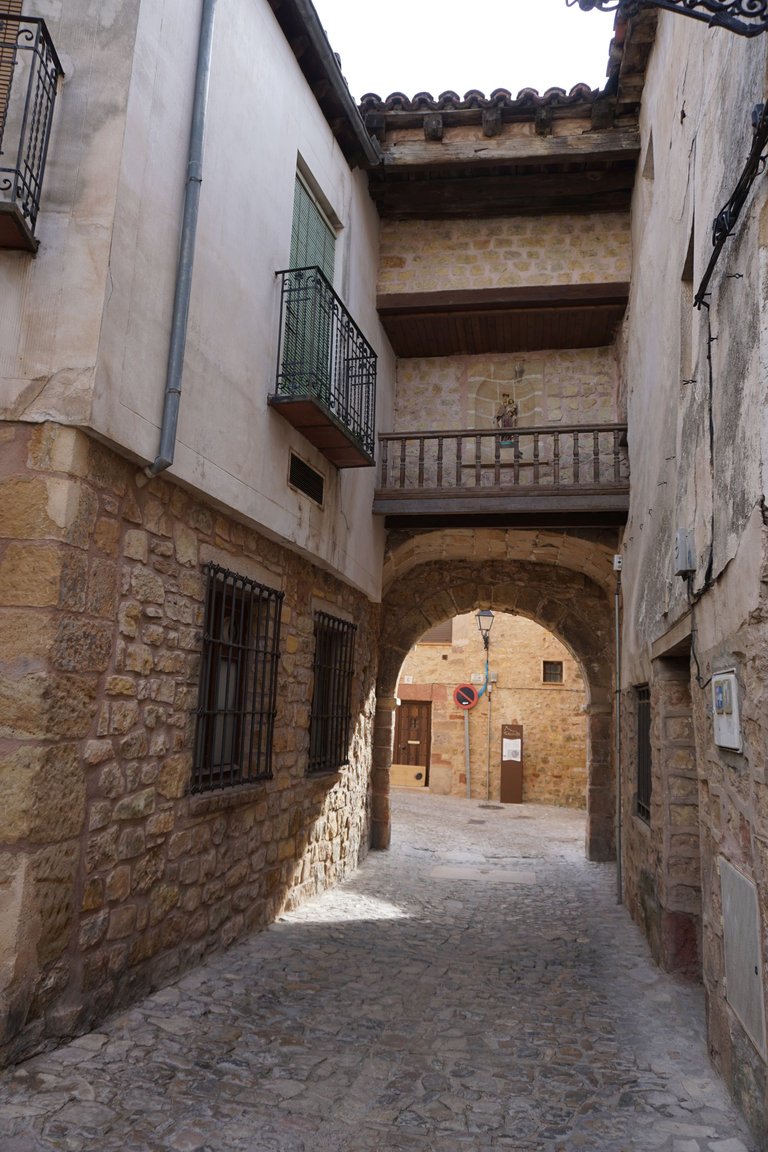


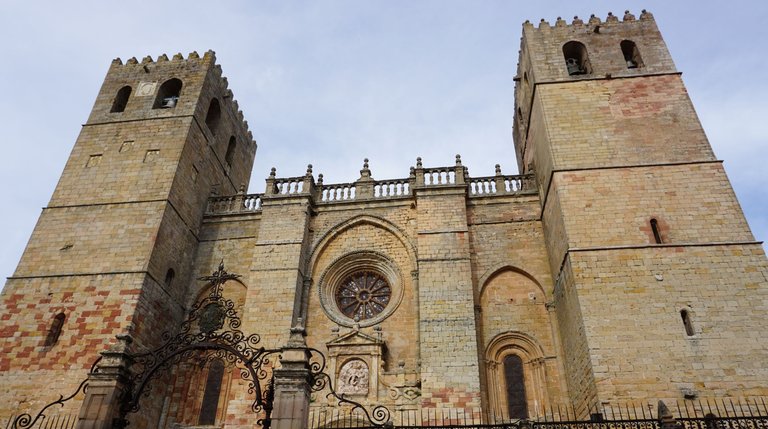
















You can check out this post and your own profile on the map. Be part of the Worldmappin Community and join our Discord Channel to get in touch with other travelers, ask questions or just be updated on our latest features.
Great work. The ghost story added a perfect touch of mystery.
Hiya, @glecerioberto here, just swinging by to let you know that this post made it into our Honorable Mentions in Travel Digest #2391.
Your post has been manually curated by the @worldmappin team. If you like what we're doing, please drop by to check out all the rest of today's great posts and consider supporting other authors like yourself and us so we can keep the project going!
Become part of our travel community: